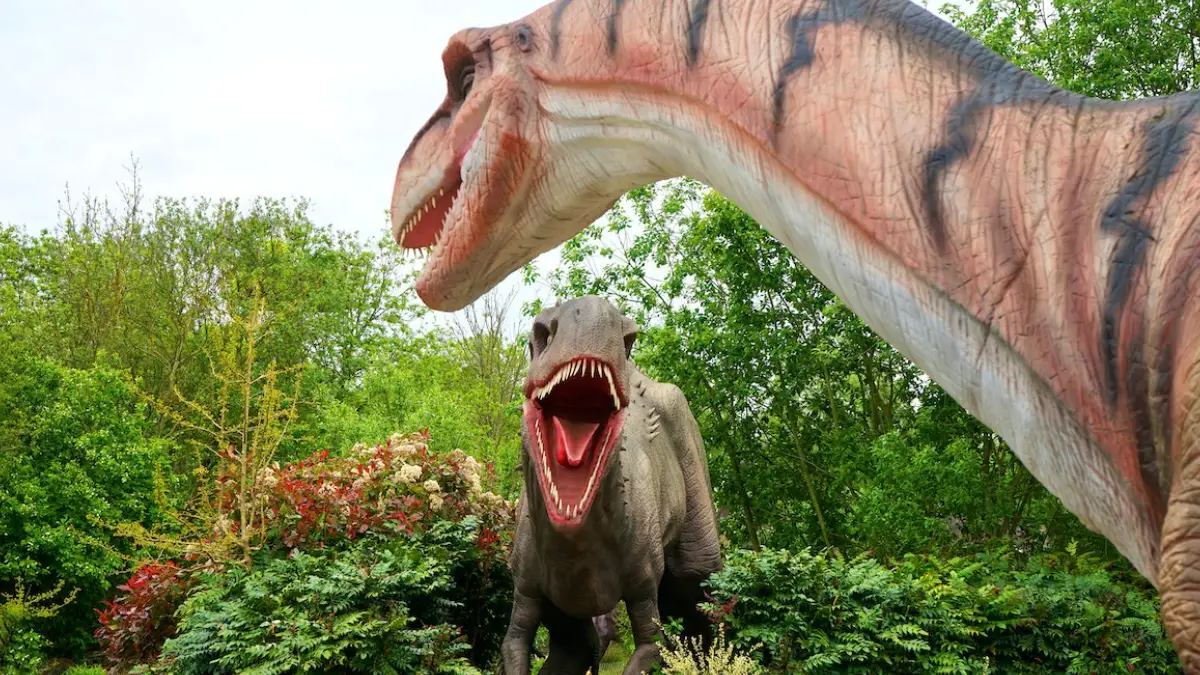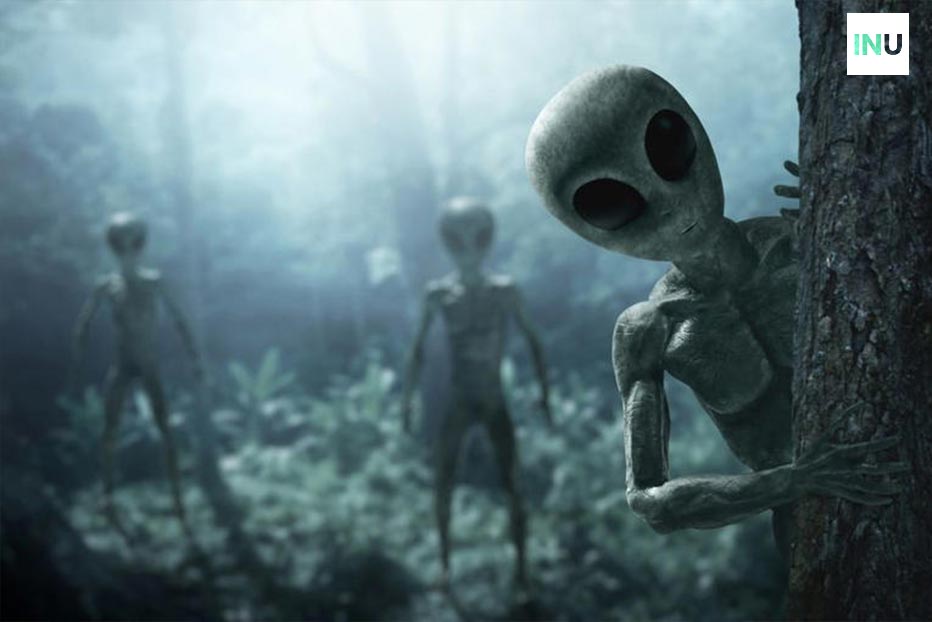Scientists Unearth Complete Skull of Prehistoric Predator in Brazil
An extraordinary discovery in the heart of Brazil’s rural expanse has brought to light a menacing predator from a bygone era. Meet Pampaphoneus biccai, a nightmarish creature that reigned supreme in South America a staggering 40 million years before the dinosaurs graced our planet. Unveiling its full skull and parts of its skeletal frame, scientists describe this formidable beast as the apex carnivore of its time, capable of instilling sheer terror in any creature that dared to cross its path.
The Astonishing Find
An international team of researchers made an astonishing discovery in the rustic hinterlands of São Gabriel, Brazil. They unearthed an exquisitely preserved fossil dating back 265 million years—an ancient relic of Pampaphoneus biccai. The find includes not only a complete skull but also various skeletal components, such as ribs and arm bones, providing invaluable insights into this prehistoric giant.
A Prehistoric Behemoth
Pampaphoneus roamed the Earth just before the Permian extinction event, one of the most catastrophic mass extinctions in history, which eradicated a staggering 86% of all animal species worldwide. Belonging to the dinocephalians, a prominent group of massive terrestrial creatures, these prehistoric beings came in both carnivorous and herbivorous varieties. Dinocephalians were characterized by their robust cranial bones, a feature that earned them their name, translating to ‘terrible head’ in Greek.
While dinocephalians have been well-documented in South Africa and Russia, their presence in other parts of the world remains rare. Remarkably, Pampaphoneus biccai stands as the sole known species in Brazil.
Unveiling the Past
Mateus Costa Santos, the lead author of the study and a researcher at the Federal University of Pampa (UNIPAMPA), stated, “The fossil was discovered in middle Permian strata, a region where bones are uncommon but can include delightful surprises. It was crucial to find a fresh Pampaphoneus skull after such a long time because it let us learn more about the creature, which was previously difficult to distinguish from its Russian cousins.”
A Creature of Dread
Co-author Professor Stephanie Pierce of Harvard University described Pampaphoneus as a formidable creature that must have struck fear into the hearts of anything that crossed its path. She remarked, “This creature had a hideous appearance and must have instilled utter terror in everybody who came into its path. A look into the community structure of terrestrial ecosystems soon before the largest mass extinction in human history can be gained thanks to its discovery.”
Unprecedented Insights
This newly discovered specimen represents only the second complete Pampaphoneus skull ever found in South America, surpassing the first in size and offering unprecedented insights into its morphology due to the exceptional preservation of its bones.
Senior author Professor Felipe Pinheiro of UNIPAMPA explained, “Pampaphoneus played the same ecological role as modern big cats. It was the largest terrestrial predator we know of from the Permian in South America. The animal had large, sharp canine teeth adapted for capturing prey. Its dentition and cranial architecture suggest that its bite was strong enough to chew bones, much like modern-day hyenas.”
A Monstrous Legacy
Researchers estimate that the largest Pampaphoneus individuals could reach nearly three meters in length and weigh around 400 kilograms. These findings, published in the Zoological Journal of the Linnean Society, suggest that Pampaphoneus was a skilled predator, capable of preying on small to medium-sized animals.
In the same area where the fossil was discovered, potential prey species, including the small dicynodont Rastodon and the giant amphibian Konzhukovia, have also been identified.
Don’t miss this incredible revelation from the depths of prehistory, shedding light on a monstrous behemoth that once ruled the Earth.









